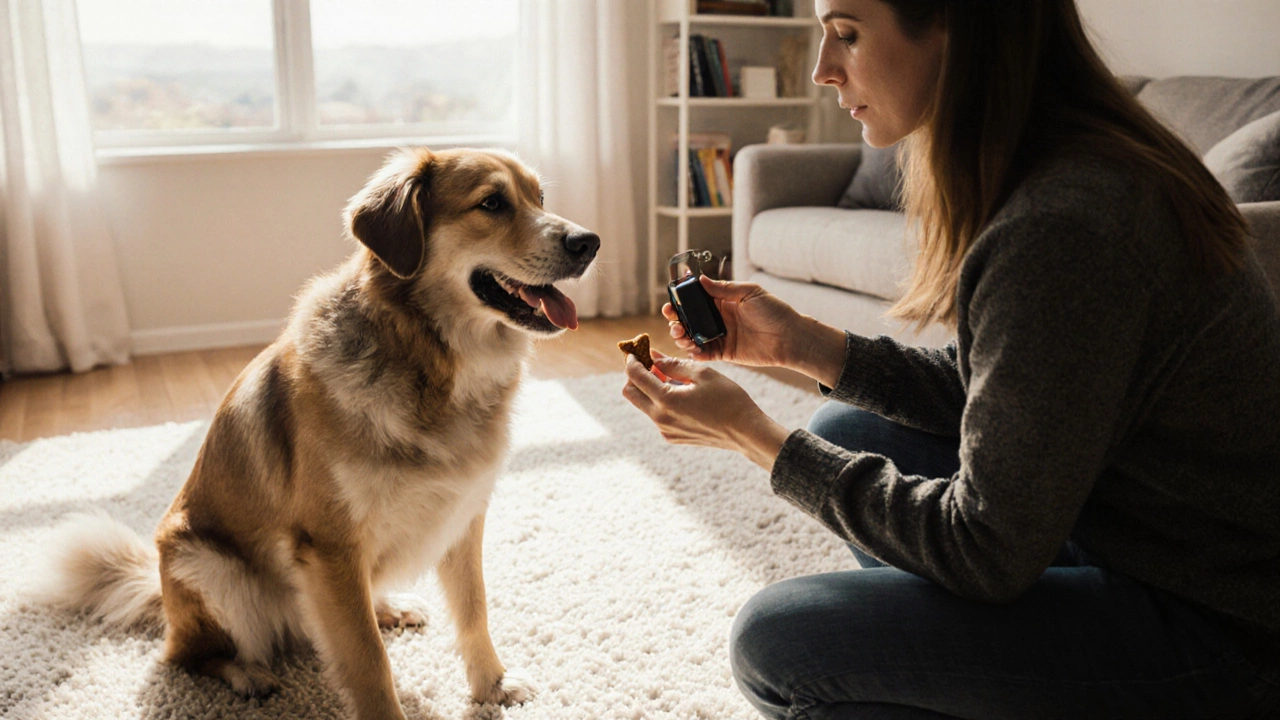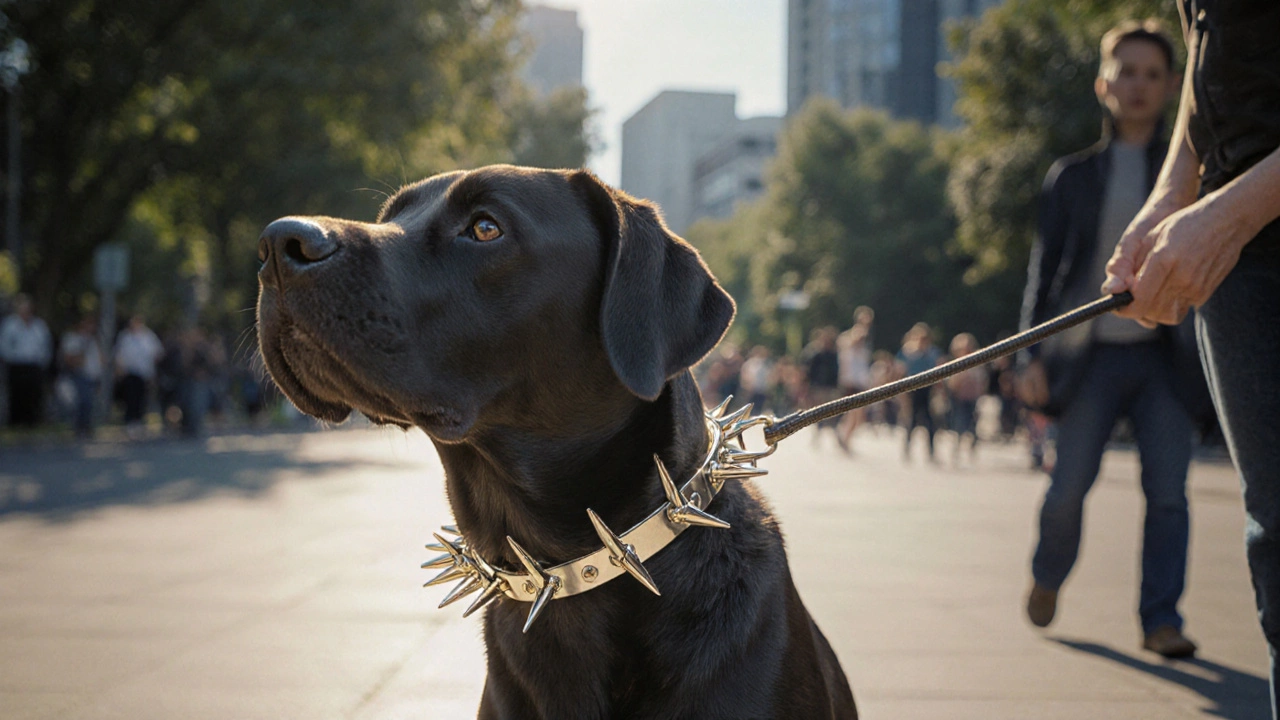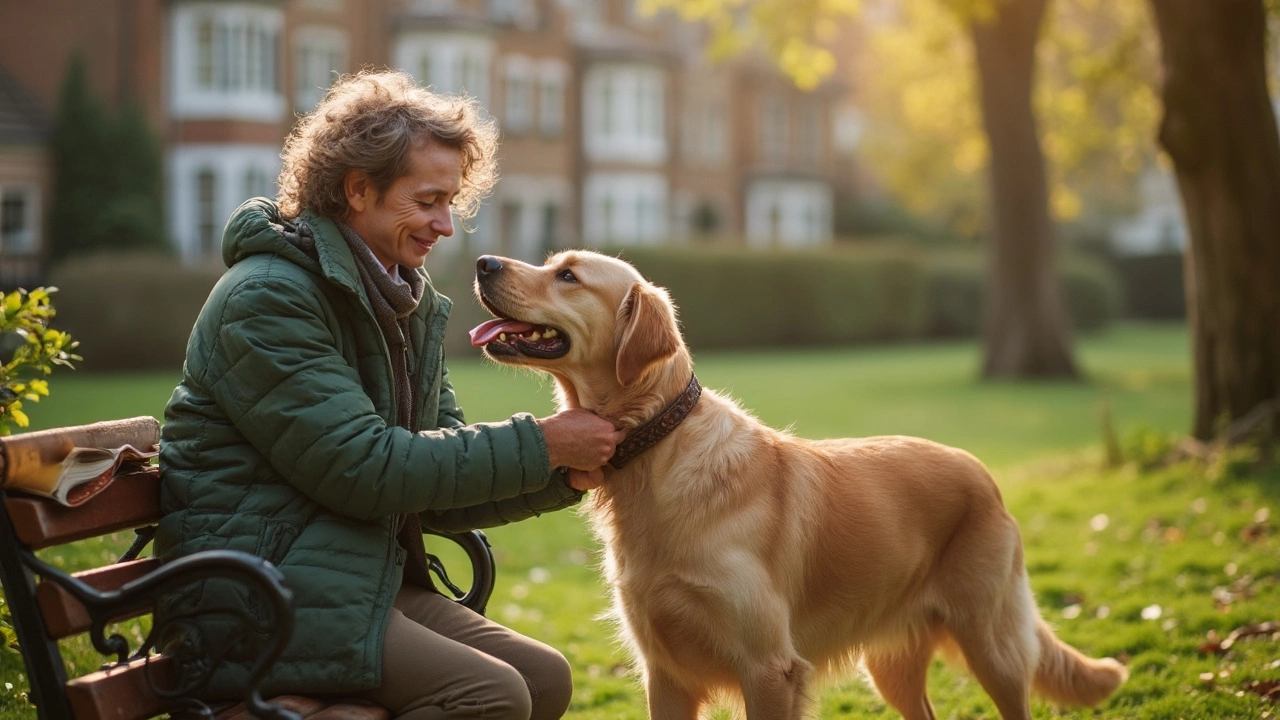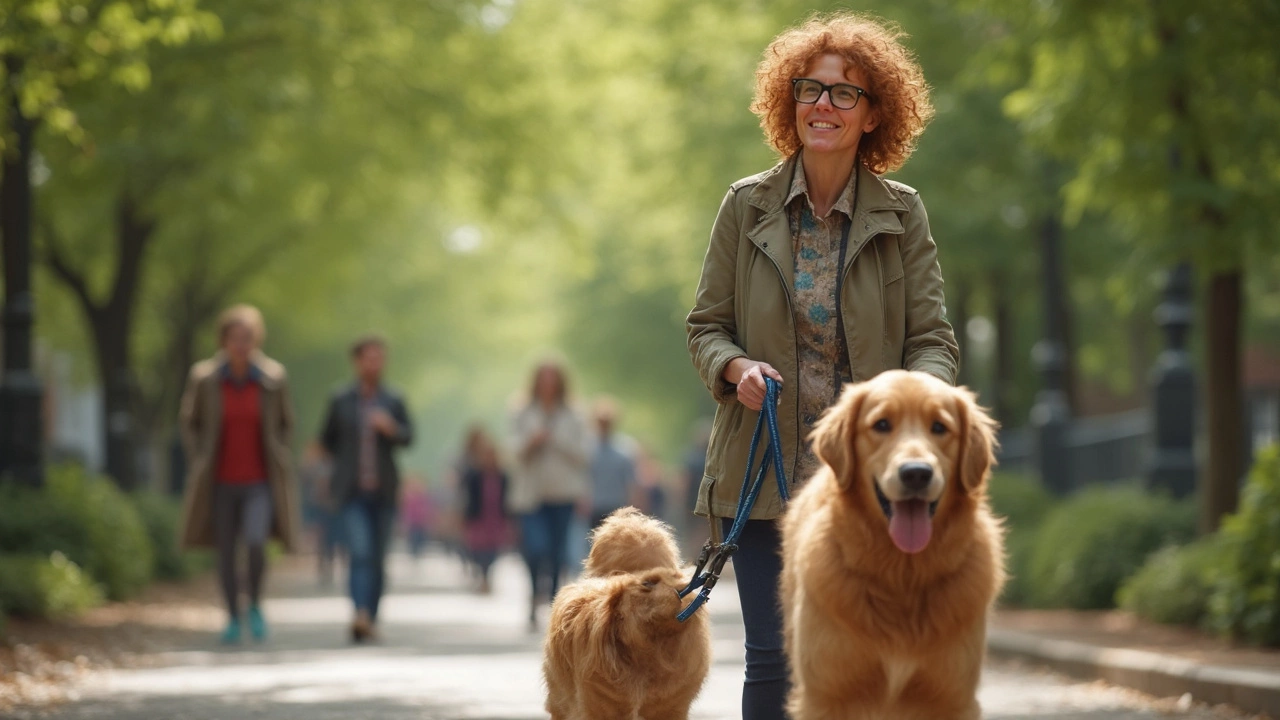Dog Training Made Simple: Start Today
Ever wonder why some owners seem to have perfectly behaved dogs while yours still pulls on the leash? The secret isn’t magic – it’s consistent, bite‑size training that fits into your daily routine. Below you’ll find practical steps you can try right now, no fancy equipment required.
Basic Commands Every Dog Should Know
Start with the three core commands: sit, stay, and come. They’re the foundation for everything else you’ll teach later.
Sit – Hold a treat close to your dog’s nose, then move your hand upward. As the head lifts, the hips naturally drop. The moment they sit, say “sit” and give the treat. Repeat for a few minutes each day until the word alone triggers the action.
Stay – Once your dog can sit reliably, add a hand signal. Ask for “sit,” then hold your palm out and say “stay.” Take a single step back. If they stay, reward instantly. If they move, gently guide them back and try again. Gradually increase distance and time.
Come – Put a leash on your dog, let them wander a short distance, then call “come” in an upbeat tone. When they return, praise loudly and reward. Practice this in a safe, fenced area before trying it off‑leash.
Each session should last no more than five minutes – dogs lose focus quickly. Short, frequent practice beats one long, boring lesson.
Troubleshooting Common Issues
Pulling on the leash – The easiest fix is to stop moving forward the moment your dog lunges. Stand still, wait for slack, then continue walking. Over time they learn that pulling doesn’t get them where they want to go.
Jumping on people – Ask visitors to ignore the dog until all four paws are on the floor. When calm, give a treat and gentle petting. Consistency lets the dog know calm behavior earns attention.
Excessive barking – Identify the trigger. If it’s the mail carrier, practice “quiet” by saying the word and rewarding silence for a few seconds. Increase the quiet time gradually.
Remember, punishment rarely works and can damage trust. Redirect the behavior and reward the alternative you want.
Training isn’t a one‑time event; it’s a habit you build with your pet. Keep a notebook of commands you’ve taught, successes, and setbacks. Seeing progress on paper keeps you motivated.
If you ever feel stuck, check out the latest posts on our site. We have guides on potty training timelines, how to stop barking, and the best feeding schedules – all written for busy UK pet owners.
Finally, be patient. Some dogs catch on fast, others need more repetition. Celebrate tiny wins, stay consistent, and you’ll see a calmer, happier companion in no time.
Posted By Bryndle Redding On 23 Oct 2025 Comments (0)
DIY Dog Training: Step‑by‑Step Guide to Train Your Dog at Home
Learn how to train your dog yourself with a step‑by‑step DIY guide, covering tools, positive reinforcement, common challenges, and a handy checklist for lasting results.
READ MOREPosted By Bryndle Redding On 14 Oct 2025 Comments (0)
Why Do People Hate Prong Collars? Understanding the Controversy Behind This Dog Training Tool
Explore why prong collars spark strong criticism, the health risks they pose, legal bans, and humane alternatives for better dog training.
READ MOREPosted By Bryndle Redding On 24 May 2025 Comments (0)
Puppy Toilet Training: What Age is Best to Start?
Wondering when to start toilet training your new puppy? This article breaks down the best age to begin housebreaking, explains why timing matters, and shares practical tips that work in real life. Find out how puppy development affects toilet training success and pick up tricks to keep accidents from turning your home into a disaster zone. If you’ve got a young pup and want fewer messes (and less stress), you’re in the right place.
READ MOREPosted By Bryndle Redding On 19 Apr 2025 Comments (0)
What Collar Do Dog Trainers Recommend? Your Guide to Choosing Wisely
Wondering which collar is best for training your dog? This article digs into the top types trainers actually prefer, explains why they choose them, and shares practical tips for picking the right one. We’ll break down how each collar works, what to avoid, and how to use them safely. Whether you’ve got a puller, a puppy, or just want your walks to be smoother, you’ll get the lowdown here. Real talk from real dog lovers—no confusing jargon or empty trends.
READ MOREPosted By Bryndle Redding On 10 Mar 2025 Comments (0)
Best Solutions to Stop Your Dog from Pulling: Exploring Effective Dog Collars
Does your dog turn walks into tug-of-war sessions? Discover how different dog collars can help stop your dog from pulling. We'll explore the pros and cons of each type and offer tips to make dog walks a breeze. Learn how to choose the right collar and improve your daily strolls with your canine companion. This guide is perfect for anyone struggling with a dog that constantly pulls on the leash.
READ MOREPosted By Bryndle Redding On 10 Feb 2025 Comments (0)
Best Dog Collars: Vet Recommendations and Tips
Choosing the right collar for your dog can be a challenge, but expert guidance can help. Vets recommend collars based on a dog's breed, size, and unique needs to ensure their safety and comfort. From flat buckle collars to harnesses and martingale options, each has its advantages. Learn what to prioritize to make the best choice for your furry friend.
READ MOREPosted By Bryndle Redding On 10 Dec 2024 Comments (0)
Do Prong Collars Effectively Reduce Dog Pulling?
Prong collars are often considered to manage and reduce the tendency of dogs to pull during walks. This article explores the effectiveness of prong collars, how they work, and their benefits and drawbacks. The use of prong collars is a debated topic, with some dog owners swearing by them while others bring up concerns about the impact on the dog's well-being. Learn the essentials before deciding if a prong collar is the right choice for your pet.
READ MORE





